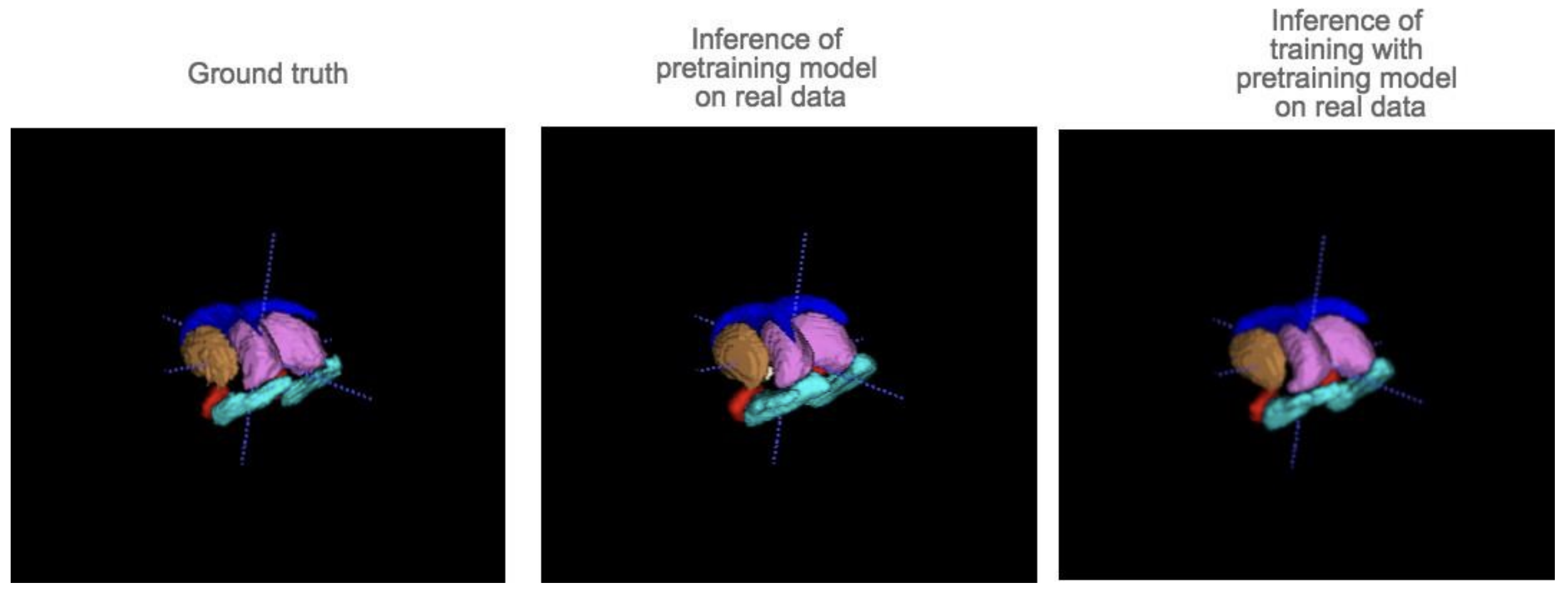📅 Year: 2018 - 2019
⚡ Contributions: Student Research Assistant
💻 Tech specs: Python, Bash
During my junior year, I worked with Dr. Martin Styner at UNC on the application of Convolutional Neural Networks for Subcortical Structure Segmentation. I developed raw data processing scripts to improve image feeding efficiency into the Convolutional Neural Networks I used the symmetric nature of the human brain to increase our limited training data by 200%. In the end, I acquired the model which can segment 12-24 months old infants’ subcortical structures with 80% accuracy or higher
overview
01 | home page
Many image analysis tasks require the identification of structural abnormalities. Hence, the segmentation of medical images is an important step that enables further analysis and diagnosis of patients’ conditions. In our study, we adapted a popular multi-resolution, a multi-modal convolutional neural network approach to the segmentation of subcortical brain structures from MRI of 12-24 months infants. In order to improve learning efficiency and reduce data storage,T1- and T2-weighted MRI images were preprocessed and cropped. In the segmentation step, a fully 3D U-Net based architecture was applied to generate multi-label segmentations. We post-processed the segmentations via morphological operations to ensure simply connected objects. To counter the small amount of well-annotated data, we employed two strategies: a) Pre-training was established via transfer learning from a larger dataset of uncorrected automatic multi-atlas based segmentation in order to provide a good initialization of parameters compared to training from scratch, b) final training included left-right flipped datasets assuming that appearance of left and right hemispheric structures are near exchangeable. The segmentation accuracy of the proposed method above is comparable to that of an advanced multimodality, a multi-atlas method with several orders of magnitude speed-up. Further improvements to the deep learning network model as well as the generation of additional training datasets are currently in process to further improve the accuracy of the proposed approach.



